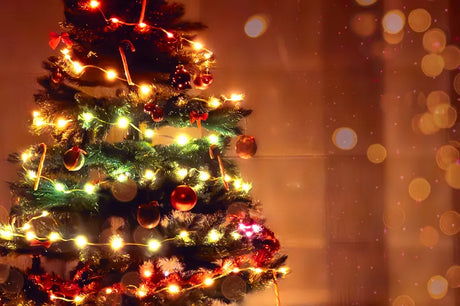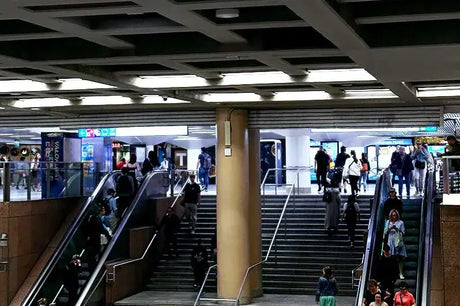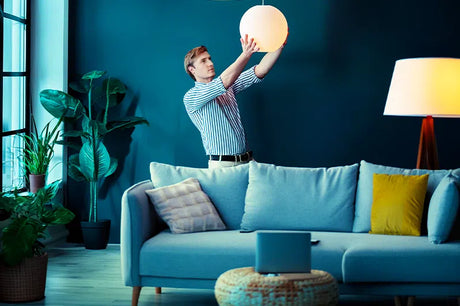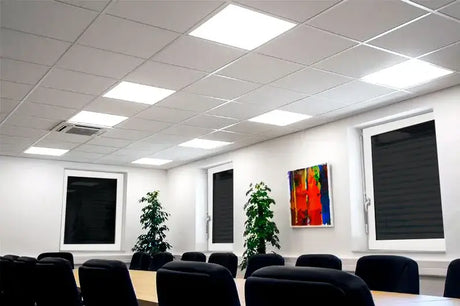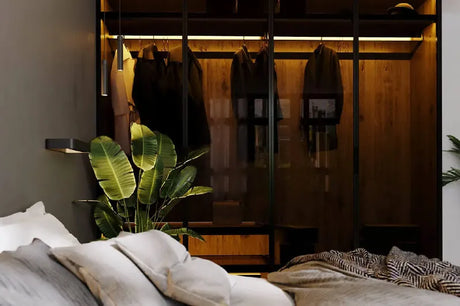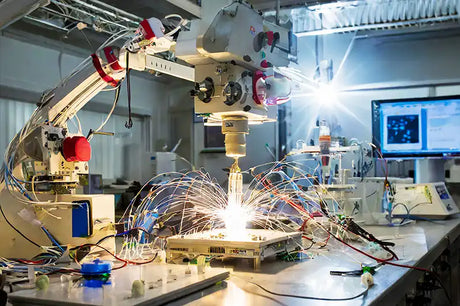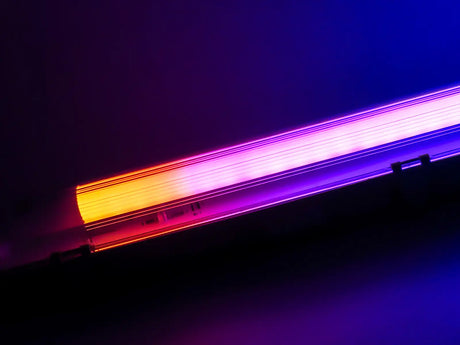Why is LED sustainable?
LED lamps are much more energy-efficient than traditional incandescent bulbs. LED lamps use 90 to 95 percent of the power for emitting light. An old-fashioned incandescent bulb does this for only three to nine percent, the rest is given off as heat. This saving of up to 90 percent is also noticeable in your wallet on your annual energy bill. If you would replace all the lamps in your home with LED lamps, you would save as much as 90 percent on your electricity costs for lighting.
Why is LED environmentally friendly?
LED lighting lasts much longer; you won't have to worry about it for more than 10 years. LED lamps last much longer than incandescent bulbs or other types of lighting. For comparison, an incandescent bulb lasts about 1,000 hours, a halogen lamp 3,000 hours, and a fluorescent lamp between 5,000 and 10,000 hours. An LED lamp lasts an average of 20,000 hours or more. If your LED lamp breaks after this time, you will have had to replace 20 incandescent bulbs in that time. Apart from the energy savings, you will also quickly recover the costs of an LED lamp.
An old LED lamp gradually becomes weaker, so you won't suddenly be in the dark when it breaks.
LED lamps are also available in warm colors. Many people think that LED lighting is still very white and has an uninviting appearance. That prejudice is absolutely no longer true today. A variant can be found for every type of LED lamp in a beautiful warm color. Look on the packaging for the description "warm white" or "extra warm white".
LED lamps do not contain any hazardous substances. Fluorescent lamps must be disposed of as hazardous waste when they break. An LED lamp does not contain any hazardous substances, making it also a safe lamp in that area.
LED lamps are also suitable for outdoor use. There are many types of LED lamps available, including completely waterproof variants. This allows you to use them easily as outdoor lighting or even underwater in a pond.
How and how much do you save with LED lighting?
LED lighting is extremely energy and cost-saving. This is because LED has a relatively low power (wattage) with a high light output (lumen). LED easily replaces a halogen or fluorescent lamp with a power (wattage) of 50% to 80% higher with the same or sometimes higher light output (lumen).
How does LED help to increase productivity and mood?
LED lighting works at full strength immediately after switching on. Fluorescent tubes and fluorescent lamps have a start-up period. Especially with fluorescent lamps, it takes a while before they give full light, because they have to warm up. In rooms where you would like to have direct light, this can be quite annoying. LED lamps are not affected by this effect and provide full light immediately.
How come LED doesn't get hot?
LED lamps do not get hot. Incandescent bulbs and halogen bulbs get quite hot, even if they only burn for a short time.
Some LED lamps do get quite warm, but never as hot as incandescent and halogen bulbs. An additional advantage is that an LED lamp is much less fire hazard.
Innovative smart LED lighting
LED lamps are available in all shapes and sizes. With LED lighting, all colors and shapes are possible and a bulb is available for every type of fixture. All colors can also be made and the light intensity can be adjusted well.
The biggest advantages of LED lighting at a glance
- Sustainable
- Environmentally friendly
- Energy and cost-saving
- Increases productivity and mood
- Does not get hot
- Smart innovation



